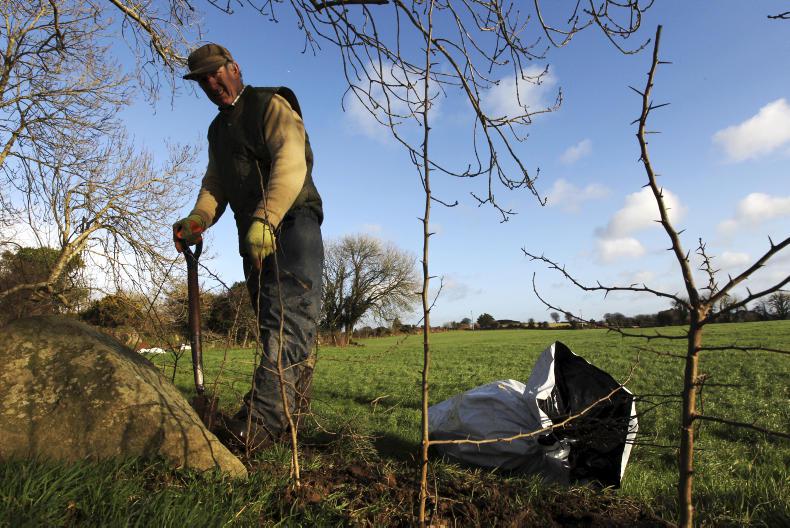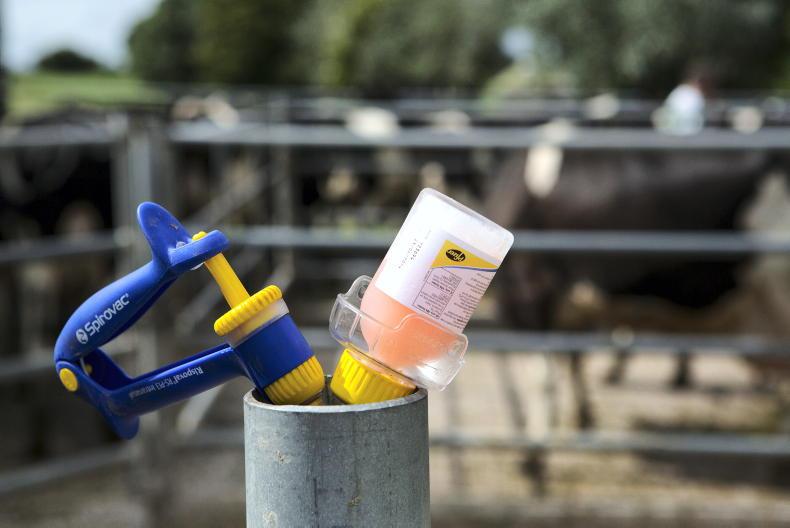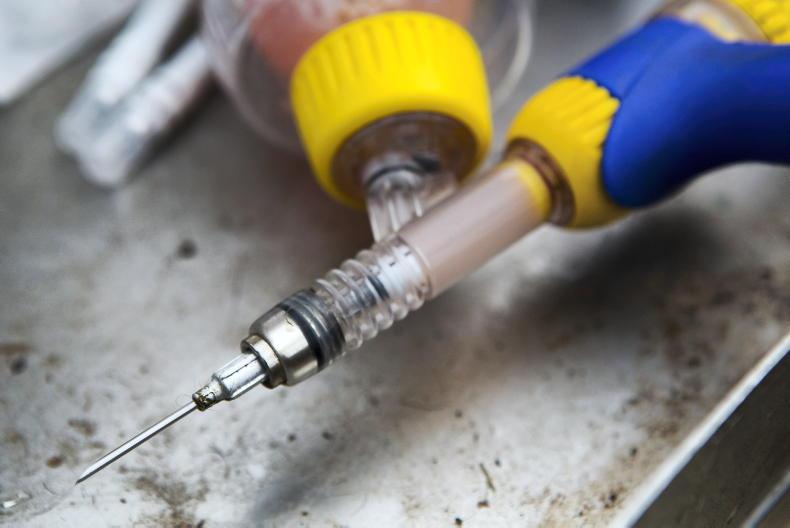Calves
Half of all calves born on dairy farms are sold off farm, either through marts or privately. The remainder are kept, either for beef or as herd replacements.
If you sell privately, you should make contact with regular buyers now to check they are in the market again this year. If they are not, you need to make alternative arrangements.
Selling calves through classified ads is a nuisance and should really be avoided as it takes up too much time. It’s much better to deal with a few regular reliable buyers than waste time dealing with speculators.
Some marts offer a service whereby the calves can be picked up from the farm and transported to the mart. This means the dairy farmer doesn’t have to go to the mart themselves and yet the calves are sold.
After months of hysteria around calves, everyone needs to be aware there’s a spotlight on how calves are being treated on farms. Animal Health Ireland, Teagasc and Volac are running Calf Care events throughout the country. It’s a good opportunity to refresh on best practice.
Commodities
Commodity markets seem to be in a bit of flux. Oil prices are volatile due to trouble in the Middle East and this is affecting other commodities such as fertiliser.
While fertiliser prices shouldn’t change in the short term, the longer term outlook is more uncertain. Current prices are back between €20 and €40/t on this time last year.
It might be prudent to lock in at this price by buying enough fertiliser to cover for the next six months, which corresponds with most of the fertiliser needed for the year.
However, price changes in fertiliser have a relatively small effect on overall profitability. The price of meal has a much bigger effect. For a typical 100-cow farm spreading 36t per year, a €20 change in fertiliser price equates to €720 in total – not insignificant. However, a €20 change in meal price equates to a €1,600 change if 80t is purchased.
From what I can see, there’s much more variance in meal prices than fertiliser prices. Don’t get sucked into paying higher prices for magic ingredients. All you need is something that will help to fill the gap when grass is lacking.
For most farmers, energy is more important than protein percentage. A basic nut of 14% to 16% crude protein is more than sufficient for a feeding rate of 3kg to 4kg/cow/day for February and March when some level of grass is expected to be fed per day. More protein and more energy will be required when no grass will be fed. When picking a nut, focus on energy levels and protein percent, not fancy extras that increase the merchant’s margin and reduces yours.
Hedging
Rrees and hedges should be planted when there’s an ‘r’ in the month. January is the last time to plant for most farmers as they’ll be too busy thereafter. Hedges and trees enhance biodiversity and they make the countryside look nicer. Native hedge species are best, such as blackthorn, whitethorn and holly.
Read more
How to manage without chlorine
Watch: top-notch dairy parlour and cubicle shed in Co Laois
Calves
Half of all calves born on dairy farms are sold off farm, either through marts or privately. The remainder are kept, either for beef or as herd replacements.
If you sell privately, you should make contact with regular buyers now to check they are in the market again this year. If they are not, you need to make alternative arrangements.
Selling calves through classified ads is a nuisance and should really be avoided as it takes up too much time. It’s much better to deal with a few regular reliable buyers than waste time dealing with speculators.
Some marts offer a service whereby the calves can be picked up from the farm and transported to the mart. This means the dairy farmer doesn’t have to go to the mart themselves and yet the calves are sold.
After months of hysteria around calves, everyone needs to be aware there’s a spotlight on how calves are being treated on farms. Animal Health Ireland, Teagasc and Volac are running Calf Care events throughout the country. It’s a good opportunity to refresh on best practice.
Commodities
Commodity markets seem to be in a bit of flux. Oil prices are volatile due to trouble in the Middle East and this is affecting other commodities such as fertiliser.
While fertiliser prices shouldn’t change in the short term, the longer term outlook is more uncertain. Current prices are back between €20 and €40/t on this time last year.
It might be prudent to lock in at this price by buying enough fertiliser to cover for the next six months, which corresponds with most of the fertiliser needed for the year.
However, price changes in fertiliser have a relatively small effect on overall profitability. The price of meal has a much bigger effect. For a typical 100-cow farm spreading 36t per year, a €20 change in fertiliser price equates to €720 in total – not insignificant. However, a €20 change in meal price equates to a €1,600 change if 80t is purchased.
From what I can see, there’s much more variance in meal prices than fertiliser prices. Don’t get sucked into paying higher prices for magic ingredients. All you need is something that will help to fill the gap when grass is lacking.
For most farmers, energy is more important than protein percentage. A basic nut of 14% to 16% crude protein is more than sufficient for a feeding rate of 3kg to 4kg/cow/day for February and March when some level of grass is expected to be fed per day. More protein and more energy will be required when no grass will be fed. When picking a nut, focus on energy levels and protein percent, not fancy extras that increase the merchant’s margin and reduces yours.
Hedging
Rrees and hedges should be planted when there’s an ‘r’ in the month. January is the last time to plant for most farmers as they’ll be too busy thereafter. Hedges and trees enhance biodiversity and they make the countryside look nicer. Native hedge species are best, such as blackthorn, whitethorn and holly.
Read more
How to manage without chlorine
Watch: top-notch dairy parlour and cubicle shed in Co Laois









SHARING OPTIONS